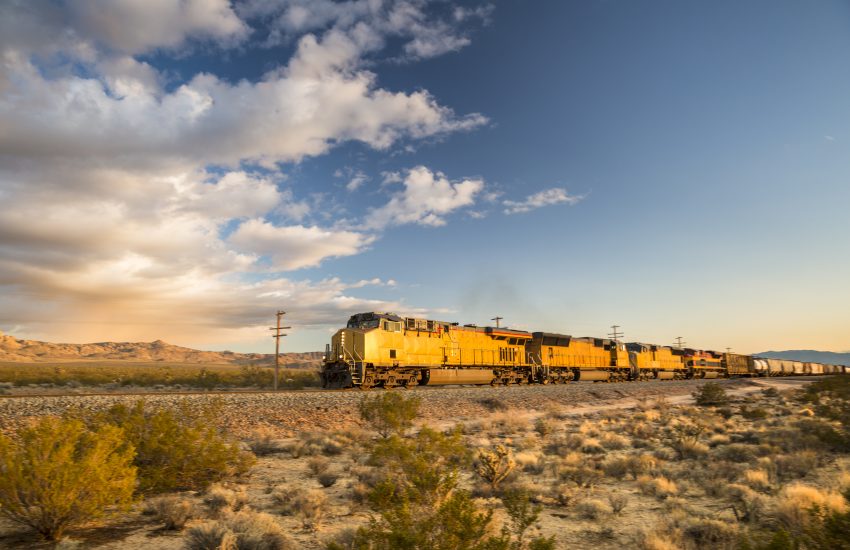The California Air Resources Board has requested that the U.S. Environmental Protection Agency grant California an authorization pursuant to § 209(e)(2) of the Clean Air Act to, among other things, prohibit locomotives that are 23 years of age or older from operating in California starting in 2030, a rule many in the U.S. House Committee on Science, Space and Technology subcommittee believe could cripple the railroad industry.
Under the Clean Air Act, the EPA has exclusive authority to set emission standards for new locomotives, whereas the states maintain the authority to set standards for locomotives that have been put into service (non-new locomotives). CARB estimated that locomotives contribute approximately 650 tons of PM2.5 (fine particulate matter) per year and over 30,000 tons per year of NOx in California (approximately fourteen percent of California’s NOx “freight diesel emissions” and sixteen percent of California’s PM2.5 “freight diesel emissions” overall). In an attempt to significantly curb these emissions, CARB has proposed that:
- Beginning in 2030, only locomotives less than 23 years of age will be allowed to operate in California (unless they meet the cleanest EPA locomotive exhaust emission standard at the relevant time).
As soon as the regulation is adopted:
- Operators of locomotives operating in California would be required to deposit funds into a spending account based on the in-state emissions of the operator’s locomotives in the preceding year. (Funds would be earmarked for spending to reduce locomotive emissions.)
- An idling limit of 30 minutes be imposed on locomotives operating within California.
- New annual reporting requirements to support compliance monitoring and enforcement will go into effect.
Due to the nature of interstate commerce and the supply chain, any related regulatory action in any state will send ripple effects across the country. When the regulation arrives in the state with the largest population (10 million more people than the next closest census) and the two busiest ports in the U.S. in the Port of Los Angeles (9,911,159 TEU in 2024) and Port of Long Beach (9,133,657 TEU in 2024). [TEU measures the total volume of imports, exports, and domestic freight handled by each port by a standard 20-foot container equivalent unit (TEU)] – the regulation would be sure to shock the industry. If passed, two-thirds of the nation’s current locomotive fleet would be barred from entering California. And, since cargo could not efficiently be swapped from one locomotive to another at the State’s border (the lack of train yards set up for this function, etc.), the rules in California would, in practice, affect trains and the freight industry far beyond the Golden Coast.
CARB and their proponents estimate/cite the cost to convert an existing diesel-electric switcher locomotive to a low or zero-emission locomotive to be approximately $2.3 million and $2.9 million, respectively, which they argue is economically feasible; however, it is admitted there is a lack of supply of batteries in the required capacity to make even a majority of the locomotives in the country compliant. CARB nevertheless argues that the quasi-escrow fund that shippers would be paying into would still encourage locomotive innovation while also providing a fund the state could later tap to reduce locomotive emissions even further in the future. Opponents of the proposal argue that limited climate impacts from decommissioning older locomotives are outweighed by the hard economic costs to businesses that utilize freight, and that the negative externalities, both economic and environmental (the potential for even more freight to be shipped by tractor trailer, causing greater traffic and emissions, increased emissions relating to battery production, a reduction in GDP, etc.) far outweigh the estimated benefits of the regulation. Opponents further argue that the penalties for noncompliance would operate as a tax that discriminates against interstate commerce and thus would violate Article II § 8 of the Constitution.
We are closely monitoring The California Air Resources Board’s request to the EPA.
A copy of the final regulatory order can be found here.
A copy of CARB’s request for authorization under § 209(e)(2) can be found here.
A copy of the “Final Statement of Reasons for Rulemaking, Including Summary of Comments and Agency Response” can be found here.

